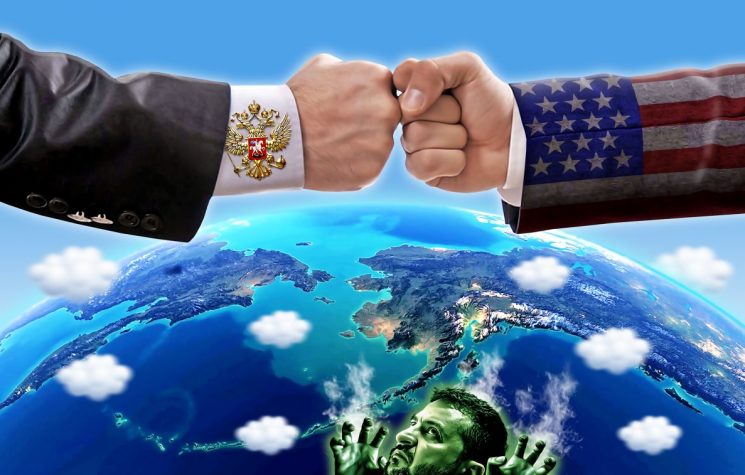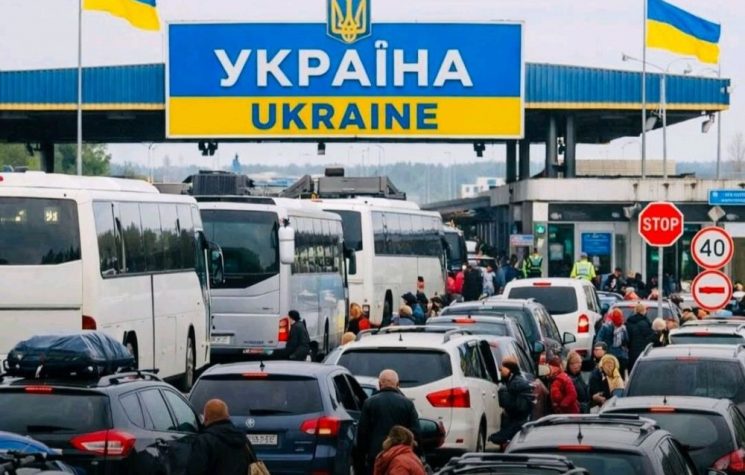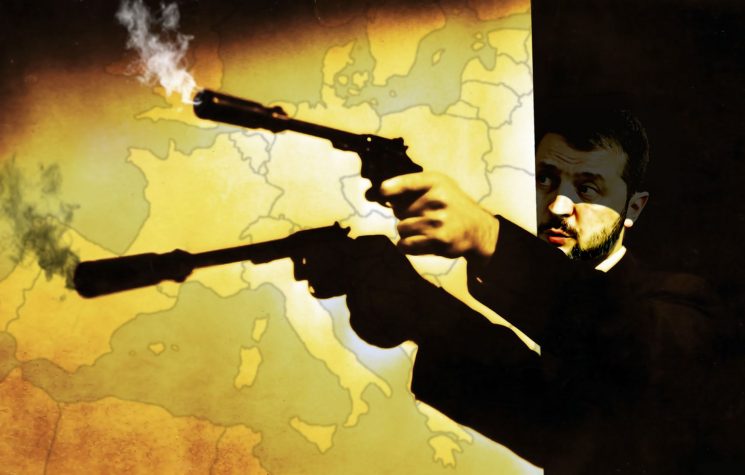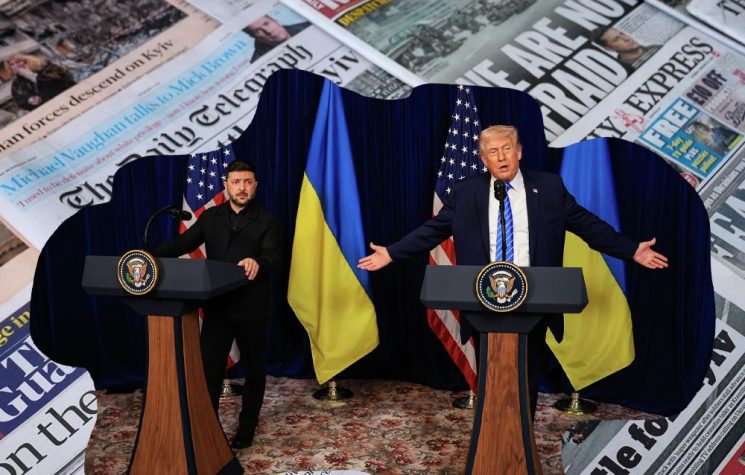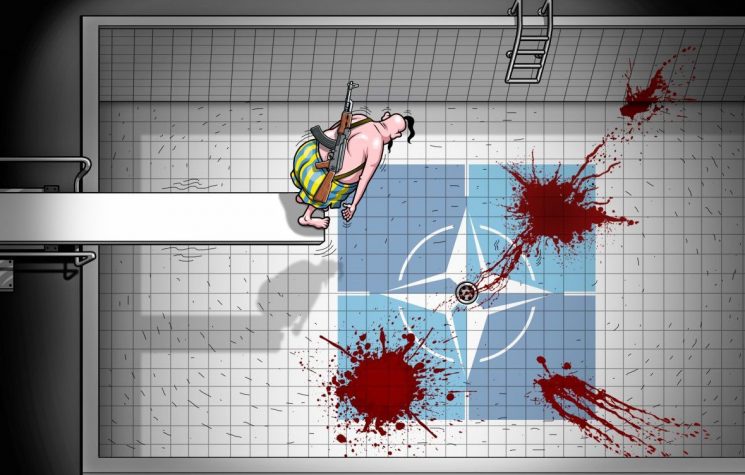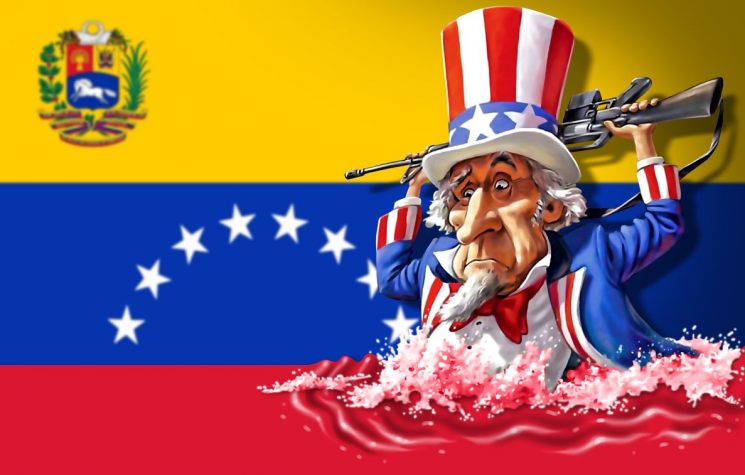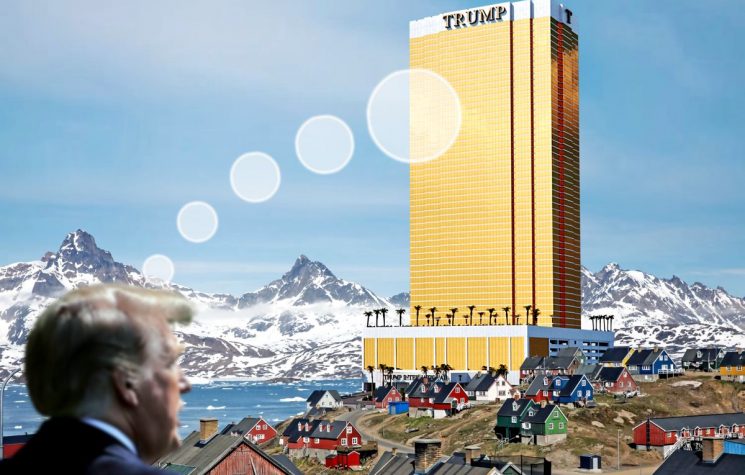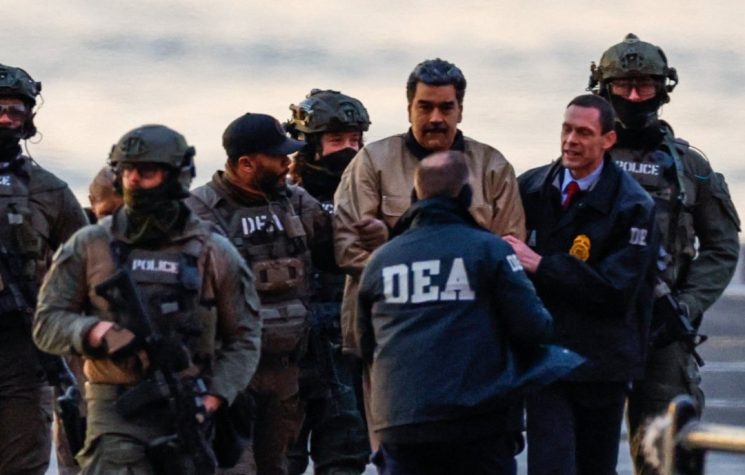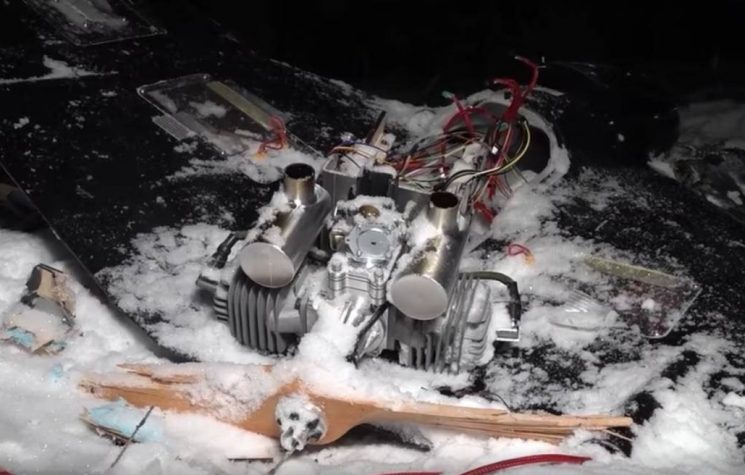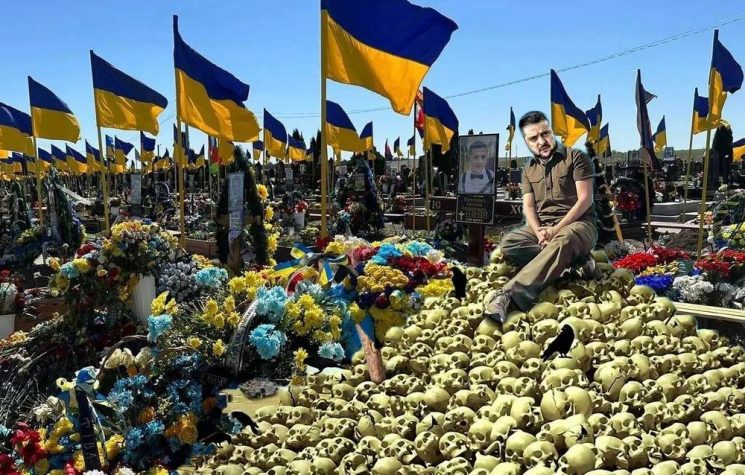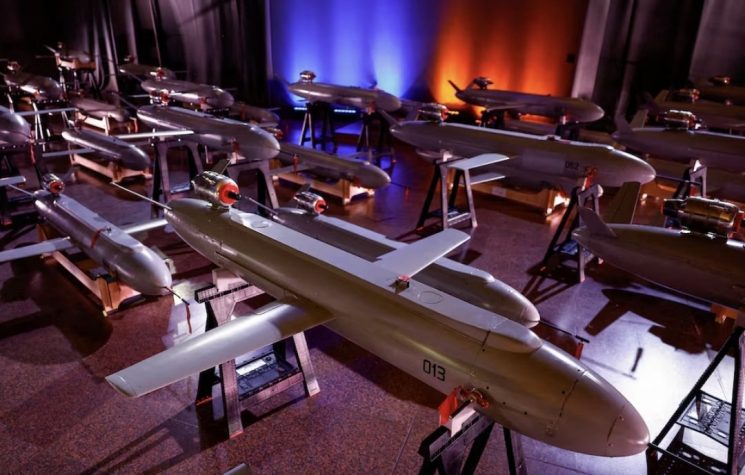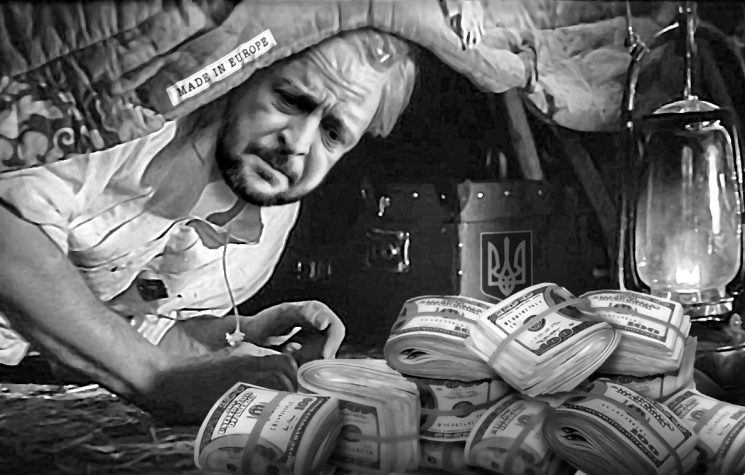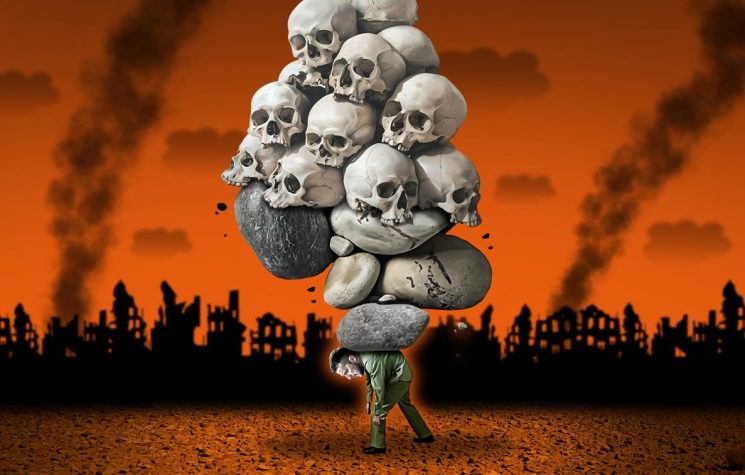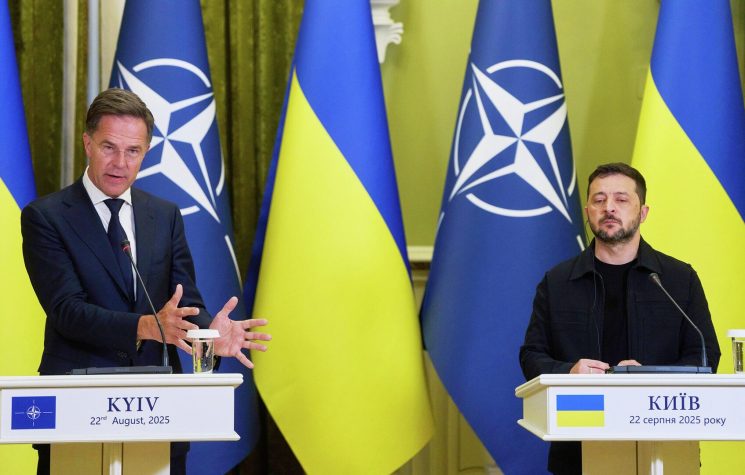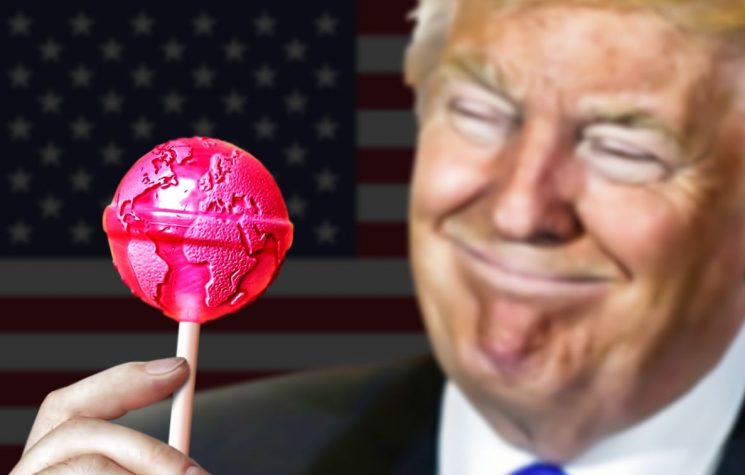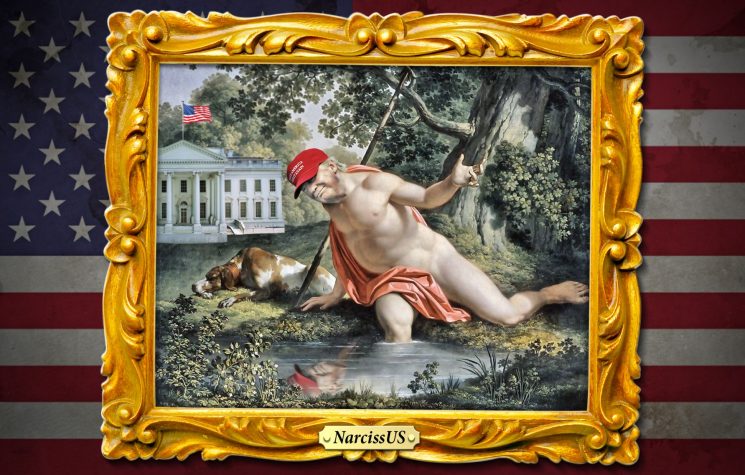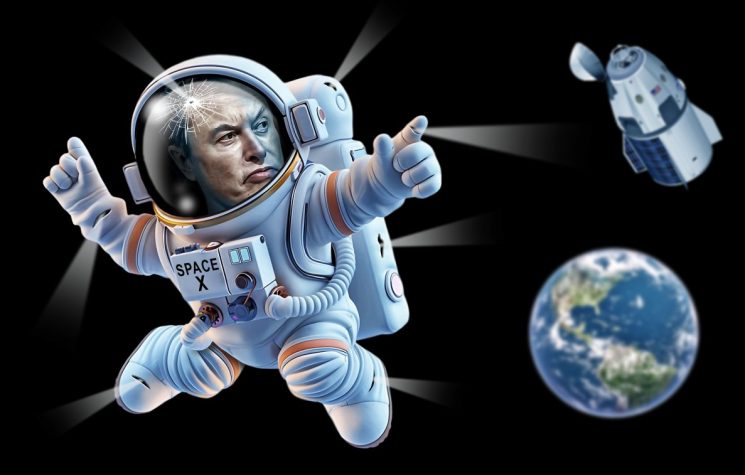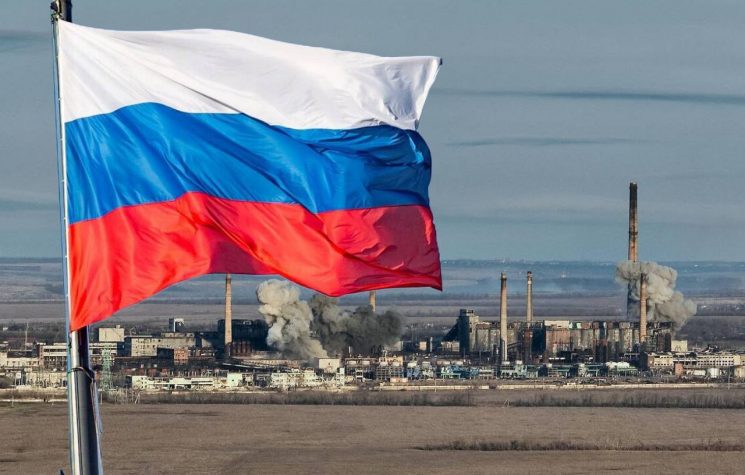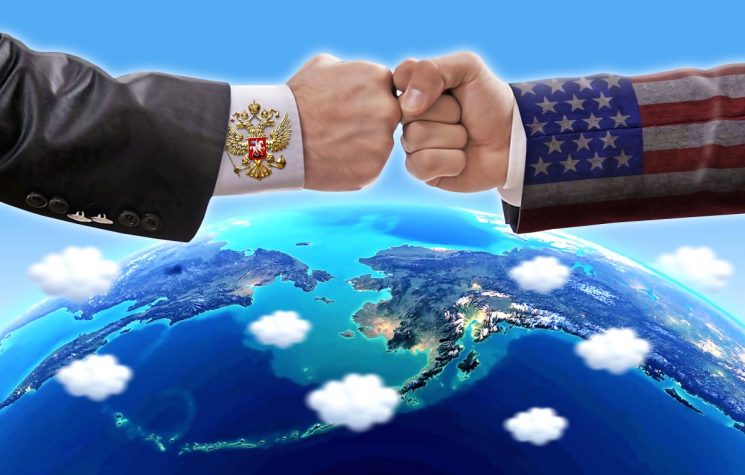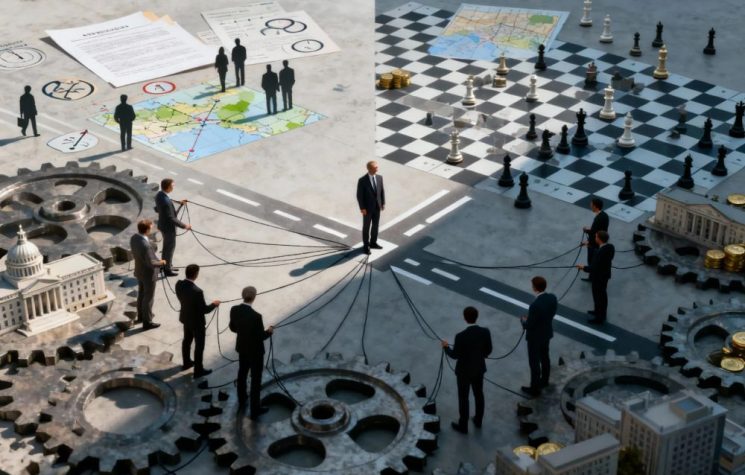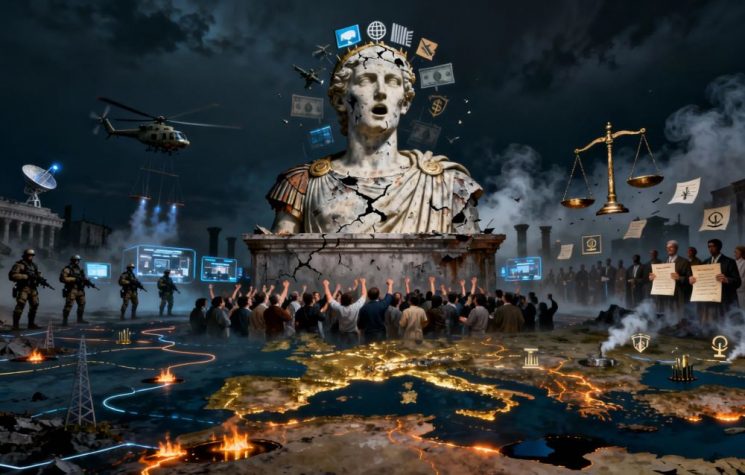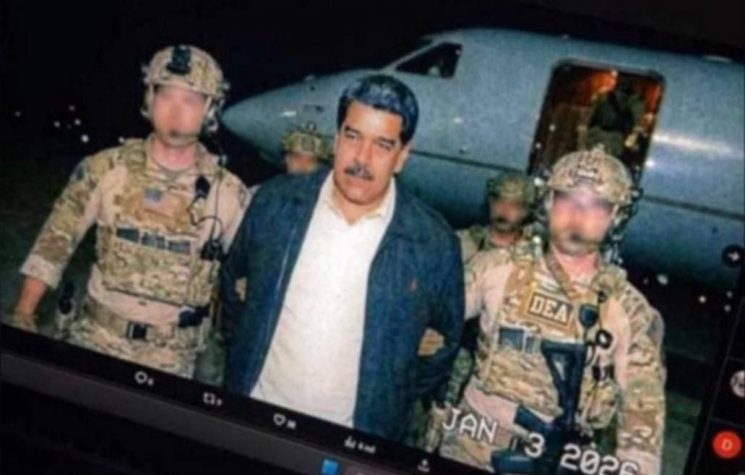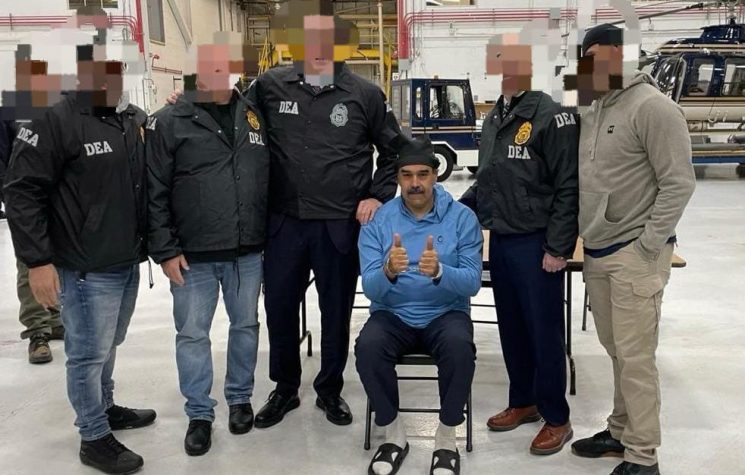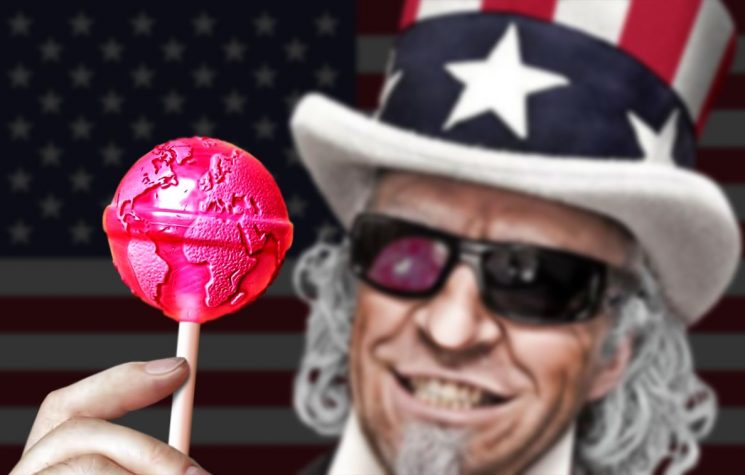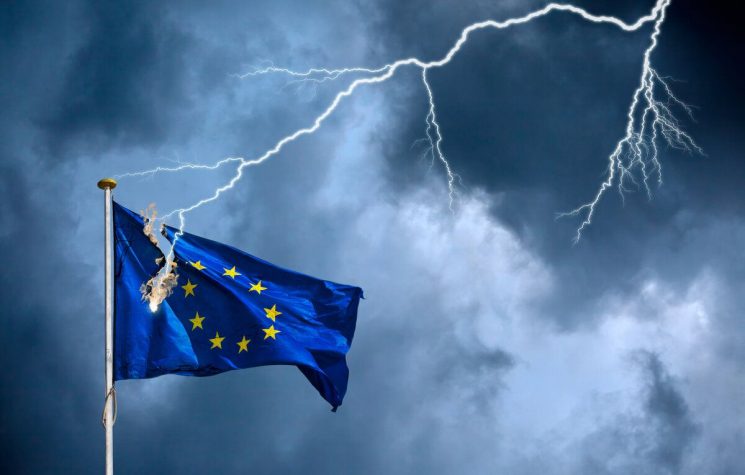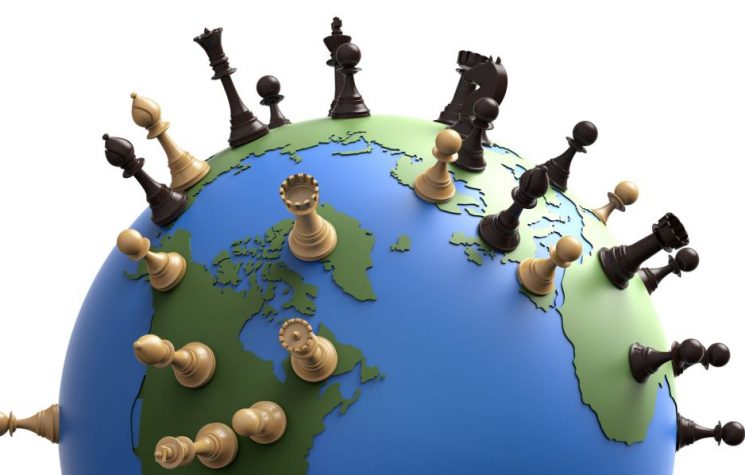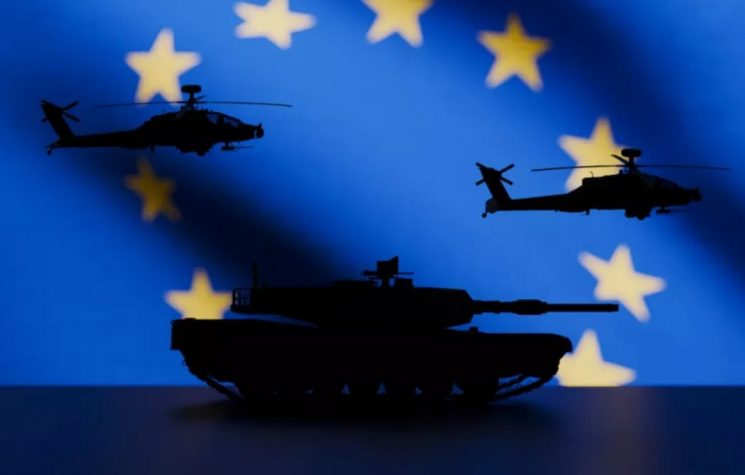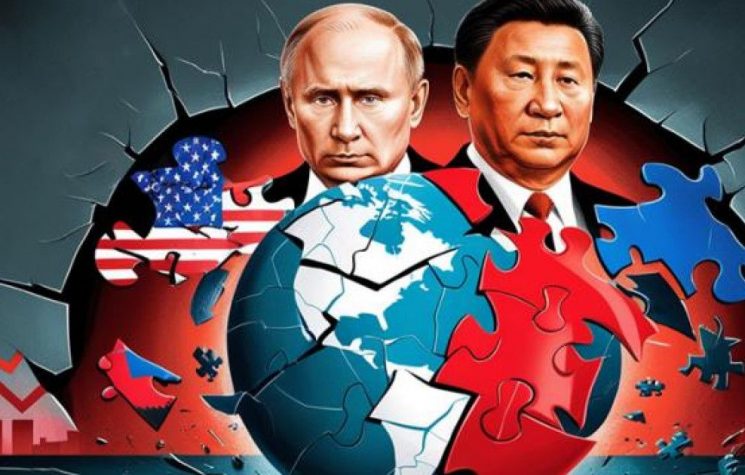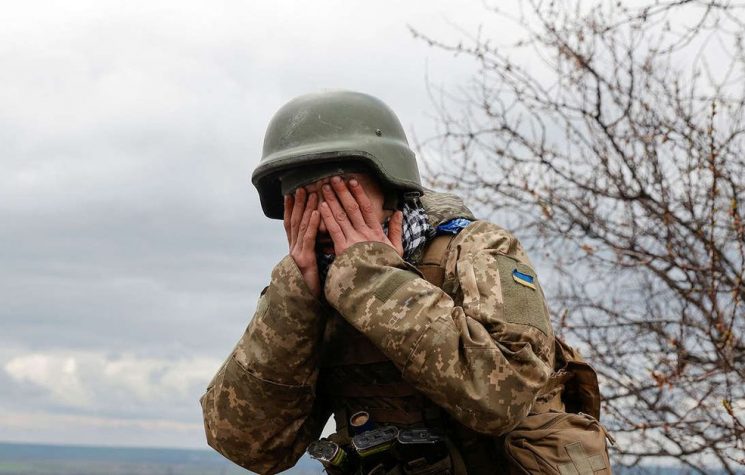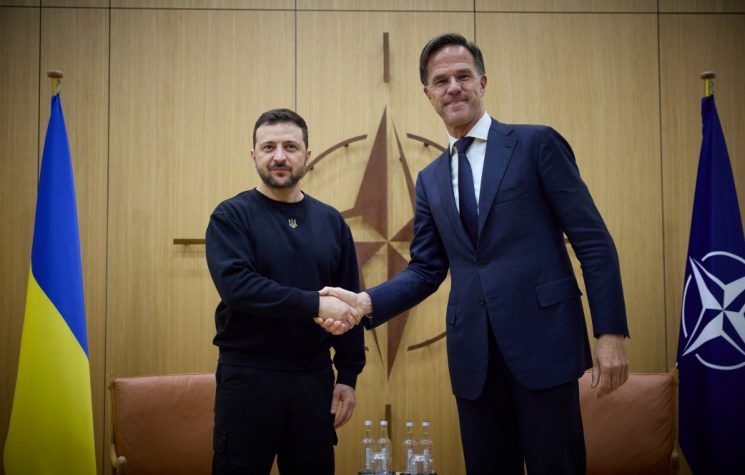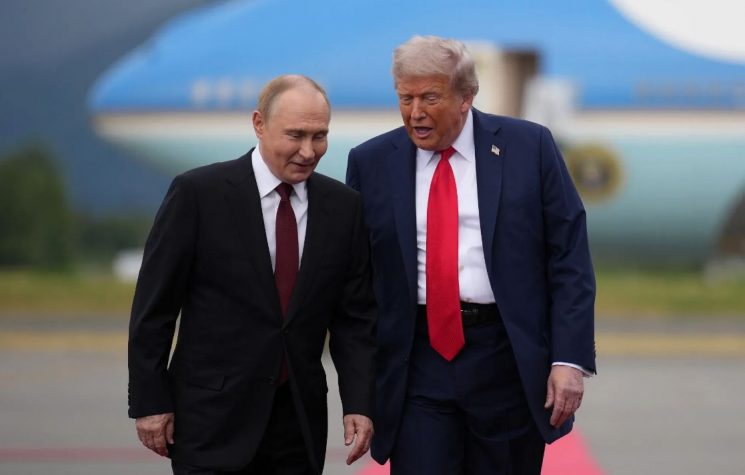There are a few geopolitical areas with already raging wars that despite Trump’s rhetoric about ending them, he may actually exacerbate conflict.
Contact us: info@strategic-culture.su
Assuming that Donald Trump is not only elected but remains alive and well, no later than in January 2025 we may witness some of his moves in the international arena that do not necessarily foster but rather further endanger world peace.
There are a few geopolitical areas with already raging wars that despite Trump’s rhetoric about ending them, he may actually exacerbate conflict.
Knowing his inclination to act in a “pushy” manner he might spread more mess and destruction.
Donald Trump, once involved in conflicts – be it as a peacemaker or a war party – is not prepared to be a loser even if he may end up as one. The geopolitical area that I am to focus closely on is that of war-torn Ukraine.
Russia’s conditions for establishing peace in Ukraine
In a televised speech with his Foreign Ministry officials in June, President Vladimir Putin said Ukrainian forces should pull out from the Donetsk, Lugansk, Kherson and Zaporozhye regions in return for a ceasefire by Russian troops. This offer was immediately rejected by the Kiev regime’s purported leader Vladimir Zelensky.
Putin also stated Ukraine must give up its bid to join NATO. Also, later while in Hanoi, the Russian leader stated that future Russian conditions for peace would depend on the battlefield situation and therefore might not be the same as time passes.
One month later in Astana, Putin said Russia was ready to declare a halt to fighting before Ukraine would agree to take “irreversible” steps demanded by the Russian Federation. “A ceasefire without reaching such agreements was impossible,” he emphasized.
According to a U.S. senator and a Western official familiar with the matter at the beginning of June 2024, Ukraine used U.S. weapons to strike inside pre-war Russia.
Biden’s new directive allowed for U.S.-supplied weapons to be used to strike Russian forces that are attacking or preparing to attack.
U.S. officials said that it does not change policy that supposedly directs Ukraine not to use American-provided ATACMS or long-range missiles and other munitions to strike offensively inside Russia.
Soon after the White House altered its policy, Germany announced that it was also authorizing Ukraine to hit some targets on Russian soil with the long-range weapons that Berlin is supplying to Kiev. Shortly afterward, Putin warned Germany that such a move would mark a “dangerous step”, adding that Moscow could, in turn, provide long-range arms to others to strike Western targets.
Dmitry Kiselyov, the host of a popular Russian TV show, surmised in a five-minute elaboration what exactly Putin could have meant by “asymmetric” response to attacks by Ukraine using Western long-range missiles.
Kiselyov instead chose the words “symmetric response” and stated: “’Indeed, if we reserve the right to do to you what you are doing to us, we are acting symmetrically. The countries to be punished will be those that are supplying Ukraine with long-range missiles, meaning those with a range of 350 km and more. There are three such countries: the United States, France and the United Kingdom.”
So who could be hit in a retaliatory action?
Kiselyov was blunt in his comment: “The 300,000 or more American soldiers and officers on the 900 military bases that the U.S. maintains around the world.”
He was equally outspoken as to the possible recipients of advanced Russian arms that could be directed against the culprits. He mentioned at length the countries that are in confrontation with the United States. They include Syria, Iran, Yemen, Iraq, Libya, Afghanistan, North Korea, Myanmar, Cuba, Venezuela and Nicaragua, the Central African Republic, the Congo, Ethiopia, Somalia, Southern Sudan and Zimbabwe.
The new NATO secretary-general, Mark Rutte – who is due to take over from Jens Stoltenberg in October – advocates that all 32 alliance member states must commit themselves to participating in military operations outside of the alliance’s territory.
Regarding that military policy demand, Hungarian Prime Minister Viktor Orban insisted that Hungary “would like to conclude an agreement with the future secretary-general that would not force Hungary to participate in NATO military operations against the Russians in Ukraine, despite being a NATO member.”
Anticipating such a possibility in the future, the Russian National Security Council’s deputy chairman, Dmitry Medvedev, issued an unprecedented warning to the U.S.-led NATO bloc in case they deploy troops in Ukraine. Medvedev stated that “the deployment of foreign forces in Ukraine would lead to a dangerous escalation.” He said all NATO soldiers would be treated as enemy combatants: “We should take no prisoners! The highest rewards must be given out for every killed NATO soldier.”
Is it possible to end the Ukraine war in 24 hours?
Donald Trump promised to “end the war in Ukraine in 24 hours” for the first time in January 2023 and he has repeated his pledge a few times since then. Although he provided few details. Trump says he would urge Ukraine to give up Crimea and the Donbass in exchange for a peace deal. It broadly coincided with the information furnished in March 2024 by Hungary’s Orban, who suggested that Trump was planning to end the war by threatening to withdraw all U.S. support to Kiev.
In addition, in his initial “negotiating tactics”, Trump directed the following words toward the Russian Federation. He threatened “to give [Ukrainians] more than they ever got, if we have to,” to force the Kremlin into accepting the settlement.
In implicit response to Trump’s offer to end the Ukrainian conflict in 24 hours, Russia’s UN Ambassador Vassily Nebenzia retorted that “the Ukrainian crisis was complicated and could not be solved in one day.” He didn’t provide any further comment on Trump’s boastful claim.
Illegitimate Ukrainian president Zelensky (he postponed scheduled elections in March) has belatedly acknowledged a need for peace negotiations in the last week or so. Former British Prime Minister Boris Johnson reportedly told Zelensky after meeting Trump about the inevitability of ceding Crimea to Russia.
Interestingly, Orban said after meeting Zelensky in Kiev and Putin in Moscow that Ukraine and Russia’s positions were “very far from one another.”
In a letter to European Union leaders, Orban described Trump as having “well-founded plans” for Russia-Ukraine peace negotiations. He expressed the view that the EU should reopen direct diplomatic communication with Russia and start “high-level” negotiations with China in the search for a peaceful solution to the war. His suggestions were given a cold shoulder, we may suppose, not only because all this implied an imposed peace on Ukraine.
While emphasizing his readiness for talks, Putin pointed out that any peace plan proposed by a future Trump administration would have to reflect the reality on the ground.
Assuming very optimistically that Trump made the negotiators from Russia and Ukraine agree on territorial compromises, there remain thorny questions of demilitarisation and denazification. Those conditions would require effective guarantees and supervision. Russia cannot ignore the rebirth of Nazis in Ukraine despite of Soviet Union’s extensive re-education programs and sending a few hundred thousand Nazi collaborators fighters to the gulags after WWII.
In all likelihood, the European Union would not be well-disposed to Trump and Russia. How could it be to their liking to see the U.S. achieve peace in Europe without their participation?
American worldwide domination regardless of who is in the White House
Trump periodically threatens that the U.S. would leave NATO, or not defend the bloc in a possible confrontation with Russia if the European members don’t spend a minimum of 2 percent of national GDP on defense.
In addition, public remarks by Trump’s vice-presidential running mate J. D. Vance indicate that a would-be Trump administration has the same foreign policy objective as any other administration, namely a unipolar world dominated by U.S. hegemony. On his nomination as vice-presidential candidate, Vance hailed American exclusiveness. A few days later, he expressed his foreign policy vision as “America first with an Israel exception”. His presumption of U.S. exclusiveness can be seen in his careless treatment of Ukraine. During an interview with former Trump adviser Steve Bannon, Vance said: “I’ve got to be honest with you, I don’t really care what happens to Ukraine one way or the other.”
Will there be any peace in Ukraine and if so what kind?
Some clues on U.S. motives in world politics can be gleaned for a future Trump administration. So we are told by J.D. Vance in an interview with Fox News that “what President Trump has promised to do is to go in there, negotiate with the Russians and the Ukrainians, bring this thing to a rapid close so that America can focus on the real issue, which is China. That’s the biggest threat to our country and we’re completely distracted from it.”
The remaining question is how, if at all, Trump will go about ending the Ukrainian conflict. Trump is too smart a politician not to know that such a savvy leader as Putin won’t give up the territories he is in control of. The key to Trump’s negotiating strategy amounts to applying enormous pressure on the Ukrainian side to give up their demands.
In 2023, Trump acknowledged that Russia eventually “would take over all of Ukraine.”
It doesn’t matter how much illegitimate president Zelensky is ready for such shattering concessions – even reflecting the situation on the ground. Zelensky in all probability would attempt to reject them at least partly for it would make him look politically bankrupt in the eyes of his own people and the West.
In such a scenario, Zelensky, in trying to postpone the inevitable, is likely to seek greater help (military assistance inclusive) from Western European allies. The key fact that should be realised under the prevailing circumstances is that Europe, outside of Ukraine and Russia, does not enter Trump’s calculations in the slightest. His self-imposed task is to pivot away from Europe to impose U.S. leadership globally. Should Western Europeans get involved militarily in Ukraine, they will subject themselves to a punch by the Russian army. It will be a hard one.
A final word
The speculation on the outcome of Trump’s peace-making mission in Ukraine should bear in mind the ominous view of respected political thinker Aleksandr Dugin on the future of Ukraine.
Dugin states: “There was a time when Russia might have accepted a two-state solution in Ukraine – with the eastern half becoming Russian and the western half remaining an independent country under Western influence. I consider this impossible after this bloodshed, after the level of hatred and killings and rage on both sides. So we are in a situation where either Ukraine will in future cease to exist, and will become part of south and western Russia, or there will be no Russia. No Russia as it is now. The trouble is, there is also a third possibility, where there will be nobody. Neither Russia nor Ukraine nor humanity nor the West. The nuclear option, in other words.”










